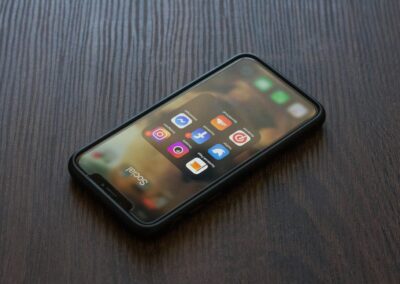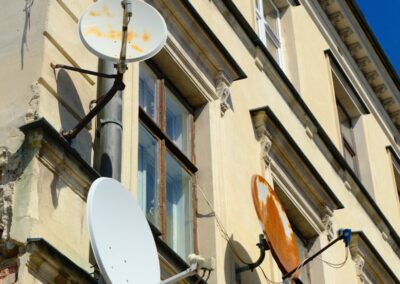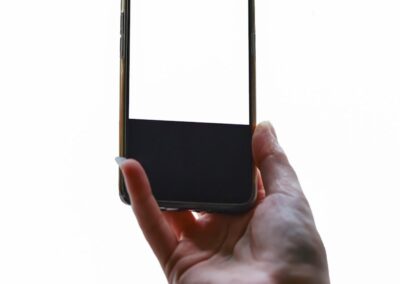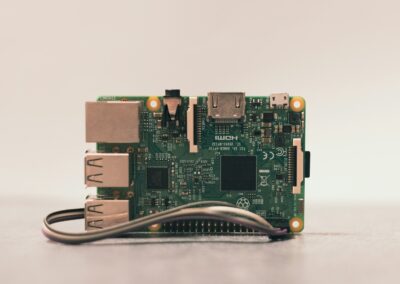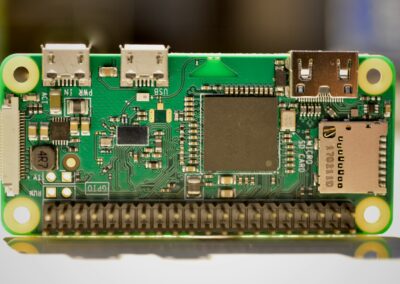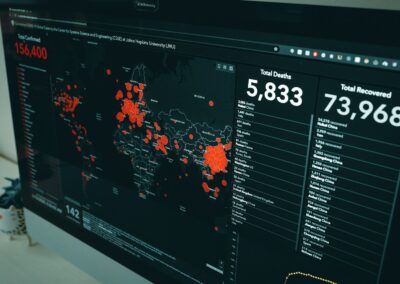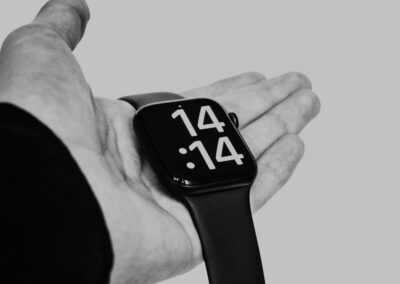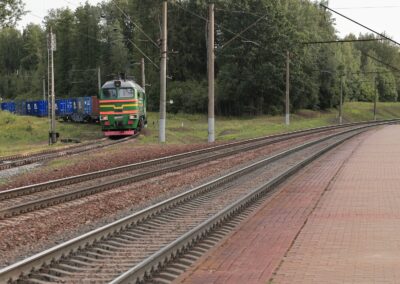Understanding the Importance of Connectivity in IoT Solutions
The Role of Comparing Connectivity Technologies in IoT Applications
When developing Internet of Things (IoT) solutions, one of the most critical decisions involves comparing connectivity technologies for IoT applications to ensure that the selected option aligns with the specific needs of the project. In regions like Saudi Arabia and the UAE, where smart city initiatives and digital transformation projects are rapidly advancing, choosing the right connectivity technology can significantly impact the success of IoT deployments. By thoroughly comparing different connectivity options, businesses can identify the most suitable technology that offers the best balance of performance, scalability, and cost-effectiveness.
Connectivity is the backbone of any IoT solution, enabling devices to communicate with each other and transmit data to central systems for analysis and decision-making. With various technologies available, including Wi-Fi, Bluetooth, LoRaWAN, NB-IoT, and 5G, each offers distinct advantages and limitations that must be carefully considered. For instance, while Wi-Fi provides high data throughput and is widely available, it may not be the best option for battery-powered devices due to its higher energy consumption. On the other hand, LoRaWAN offers long-range communication with low power consumption, making it ideal for remote and rural applications, but it may not be suitable for high-bandwidth data transmission.
By comparing these technologies, businesses in Riyadh and Dubai can make informed decisions that align with their specific IoT application requirements. For example, in a smart city project where numerous sensors are deployed to monitor environmental conditions, a low-power, wide-area network (LPWAN) technology like NB-IoT may be preferred for its ability to support a large number of devices with minimal energy usage. Conversely, in applications requiring real-time video streaming, such as surveillance systems, a high-speed connectivity option like 5G would be more appropriate. This strategic selection process ensures that the chosen connectivity technology supports the long-term goals of the IoT deployment, enhancing both efficiency and reliability.
Optimizing IoT Deployments with the Right Connectivity Choice
The process of comparing connectivity technologies for IoT applications also plays a crucial role in optimizing the overall deployment and operation of IoT systems. In dynamic business environments like those in Saudi Arabia and the UAE, where the ability to quickly adapt to changing conditions is essential, selecting the right connectivity technology can make a significant difference in the flexibility and scalability of IoT solutions. By carefully evaluating the strengths and weaknesses of each connectivity option, businesses can ensure that their IoT deployments are not only fit for current purposes but also capable of evolving as new needs and opportunities arise.
One of the key factors to consider when comparing connectivity technologies is the scale of the IoT deployment. For small-scale, localized applications, technologies like Wi-Fi or Bluetooth may offer sufficient coverage and performance. However, for large-scale deployments, such as smart grid systems or nationwide asset tracking, a more robust and scalable solution like LPWAN or 5G may be required. These technologies provide the extended range and capacity needed to support thousands or even millions of connected devices, ensuring that the IoT system can grow and adapt to increasing demands without compromising performance.
Furthermore, the choice of connectivity technology can directly impact the operational costs of IoT deployments. For businesses in Riyadh and Dubai, where cost-efficiency is a key consideration, selecting a technology that minimizes energy consumption and reduces maintenance requirements can lead to significant savings over the lifecycle of the IoT solution. For example, using a low-power technology like LoRaWAN can extend the battery life of IoT devices, reducing the frequency of replacements and lowering the total cost of ownership. By comparing different connectivity options with these factors in mind, businesses can optimize their IoT deployments for both performance and cost-effectiveness.
The Future of IoT: Strategic Connectivity Choices for Success
As the IoT landscape continues to evolve, the importance of comparing connectivity technologies for IoT applications will only increase. For business leaders and entrepreneurs in Saudi Arabia and the UAE, understanding the nuances of different connectivity options is essential for staying competitive in a rapidly changing market. By making strategic connectivity choices, businesses can not only enhance the performance of their IoT solutions but also ensure that they are well-positioned to take advantage of emerging opportunities in areas such as smart cities, industrial automation, and connected healthcare.
The future of IoT will be characterized by an increasing demand for flexible and scalable connectivity solutions that can support a wide range of applications and use cases. As new technologies like 5G and satellite IoT networks continue to develop, the range of connectivity options available to businesses will expand, offering even greater opportunities for innovation and growth. For companies in Riyadh, Dubai, and beyond, staying informed about these developments and making informed connectivity choices will be crucial for achieving long-term success in the IoT space.
In conclusion, the process of comparing connectivity technologies for IoT applications is a vital step in ensuring the success of IoT deployments. By carefully evaluating the strengths and weaknesses of different connectivity options, businesses can select the most suitable technology for their specific needs, optimizing the performance, scalability, and cost-efficiency of their IoT solutions. As the IoT ecosystem continues to grow and evolve, making strategic connectivity choices will be essential for driving innovation, improving operational efficiency, and maintaining a competitive edge in the global market.
—
#IoTConnectivity, #SmartTechnology, #TechInnovation, #ProjectManagement, #SaudiArabiaTech, #UAETechnology, #IoTSolutions, #ConnectivityOptions










